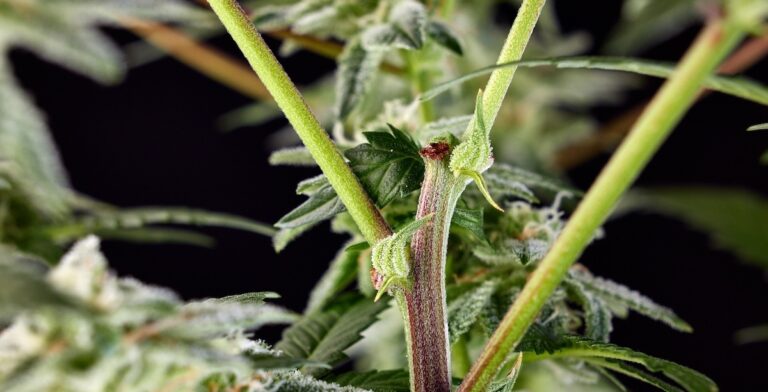When To Top A Marijuana Plant
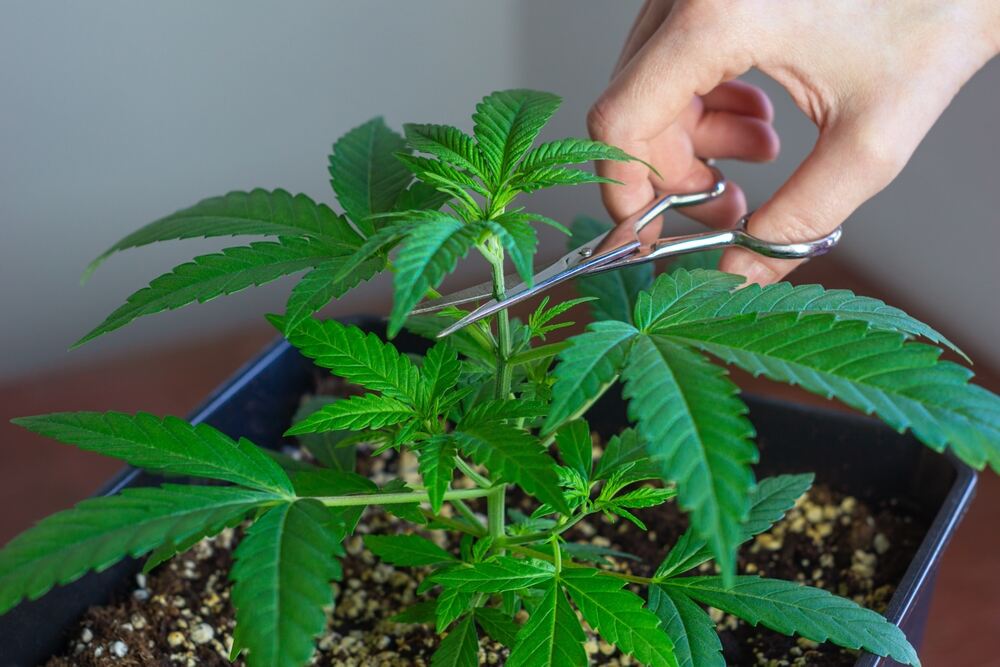
Imagine a lush, vibrant green cannabis plant, basking in the warm glow of the sun, its leaves reaching eagerly towards the light. A gentle breeze rustles through its branches, carrying the earthy scent of growth and potential. But there's a secret to unlocking its full potential, a carefully timed snip that can transform a single stem into a bush teeming with buds.
Knowing when to top your marijuana plant is crucial for maximizing yield and shaping its growth. It's a technique that empowers growers to tailor their plants to their specific needs and growing environment.
The Art and Science of Topping
Topping, at its core, is a simple technique. It involves removing the main growing tip of a cannabis plant.
This seemingly small action has a significant impact, redirecting the plant's energy from vertical growth to horizontal growth, resulting in a bushier plant with more bud sites.
A Brief History of Topping
The practice of topping plants has been around for centuries, used in various forms of agriculture to improve yields and control plant growth. While the exact origins of topping cannabis are difficult to pinpoint, its adoption within the cannabis cultivation community has been driven by a desire for greater control and increased yields.
Early growers likely experimented with different pruning techniques, observing the effects on plant structure and bud production.
Over time, these observations led to the refinement of topping as a standard practice for many cannabis cultivators.
Understanding Plant Anatomy
To fully grasp the importance of timing in topping, it's essential to understand the basic anatomy of a cannabis plant. The main stem is the central axis of the plant, from which branches and leaves emerge.
At the tip of the main stem is the apical bud, the primary growth point responsible for the plant's vertical growth.
When the apical bud is removed, the plant's hormonal balance shifts, encouraging the growth of the lateral branches located below the cut.
The Golden Window: When to Top
So, when is the ideal time to top your marijuana plant? The answer isn't always straightforward, as it depends on several factors.
However, a general guideline is to top when the plant has developed between 3 and 5 nodes (sets of leaves). This typically occurs during the vegetative stage, after the plant has established a strong root system and is actively growing.
Identifying the Right Stage
Visually, you're looking for a plant that is sturdy and healthy, with a well-defined main stem and several sets of true leaves. The leaves should be vibrant green and free from any signs of nutrient deficiencies or pests.
Avoid topping plants that are stressed or unhealthy, as this can hinder their recovery and growth.
Factors Influencing the Timing
Several factors can influence the ideal timing for topping, including the strain of cannabis, the growing environment, and the grower's goals.
Some strains, particularly those with a naturally bushy growth habit, may benefit from earlier topping, while others may require more time to develop a strong foundation.
Indoor growers with limited vertical space may choose to top earlier to control the plant's height, while outdoor growers may have more flexibility.
Topping Techniques
The actual act of topping is quite simple. Using clean, sharp scissors or pruning shears, make a clean cut just above the node you wish to keep. Sterilize your tools beforehand to prevent the spread of disease.
Many growers choose to leave a small portion of the stem above the node to protect the developing lateral branches.
Low Stress Training (LST) and Topping
Topping is often combined with other training techniques, such as Low Stress Training (LST), to further shape the plant and maximize bud production. LST involves gently bending and tying down branches to create an even canopy, allowing light to penetrate deeper into the plant.
Combining topping with LST can result in a plant with numerous evenly spaced bud sites, leading to a significantly higher yield.
Potential Benefits and Drawbacks
Topping offers several potential benefits, including increased yields, a more manageable plant size, and improved light penetration. By encouraging horizontal growth, topping can create a bushier plant with more bud sites, ultimately leading to a larger harvest.
It also allows growers to control the plant's height, making it suitable for indoor growing environments with limited vertical space.
However, topping also has potential drawbacks. It can temporarily stunt the plant's growth, requiring a recovery period. There's also a risk of stressing the plant if done incorrectly or at the wrong time.
Common Mistakes to Avoid
One of the most common mistakes is topping too early, before the plant has developed a strong root system. This can stunt the plant's growth and make it more susceptible to disease.
Another mistake is using dull or dirty tools, which can damage the plant and increase the risk of infection.
It's also important to avoid topping plants that are already stressed or unhealthy, as this can further weaken them.
Beyond the Basics: Advanced Techniques
For experienced growers, there are several advanced techniques that build upon the basic principles of topping. Fimming, for example, involves removing only a portion of the apical bud, resulting in even more bud sites. Main-lining is another advanced technique that involves strategically pruning the plant to create a symmetrical structure with a limited number of main colas.
These techniques require a deeper understanding of plant physiology and are best attempted by experienced growers.
The Importance of Observation
Ultimately, the best way to determine when to top your marijuana plant is to observe it closely. Pay attention to its growth rate, the development of its leaves, and its overall health. Each plant is unique, and what works for one may not work for another.
"The plant will tell you when it's ready," is a common saying among experienced cultivators.
Trust your instincts and adjust your approach based on your observations.
Conclusion: Nurturing Growth, Maximizing Potential
Topping marijuana plants is more than just a simple cut; it's an art form that requires patience, observation, and a deep understanding of plant physiology. By mastering the timing and technique, growers can unlock the full potential of their plants, shaping them to thrive in their specific environment and maximize their yield.
The process is a testament to the symbiotic relationship between grower and plant, a dance of nurturing and guidance that leads to a bountiful harvest. As you embark on your cultivation journey, remember that each snip is a step towards a deeper connection with the natural world, a testament to the power of careful intervention and the beauty of controlled growth.


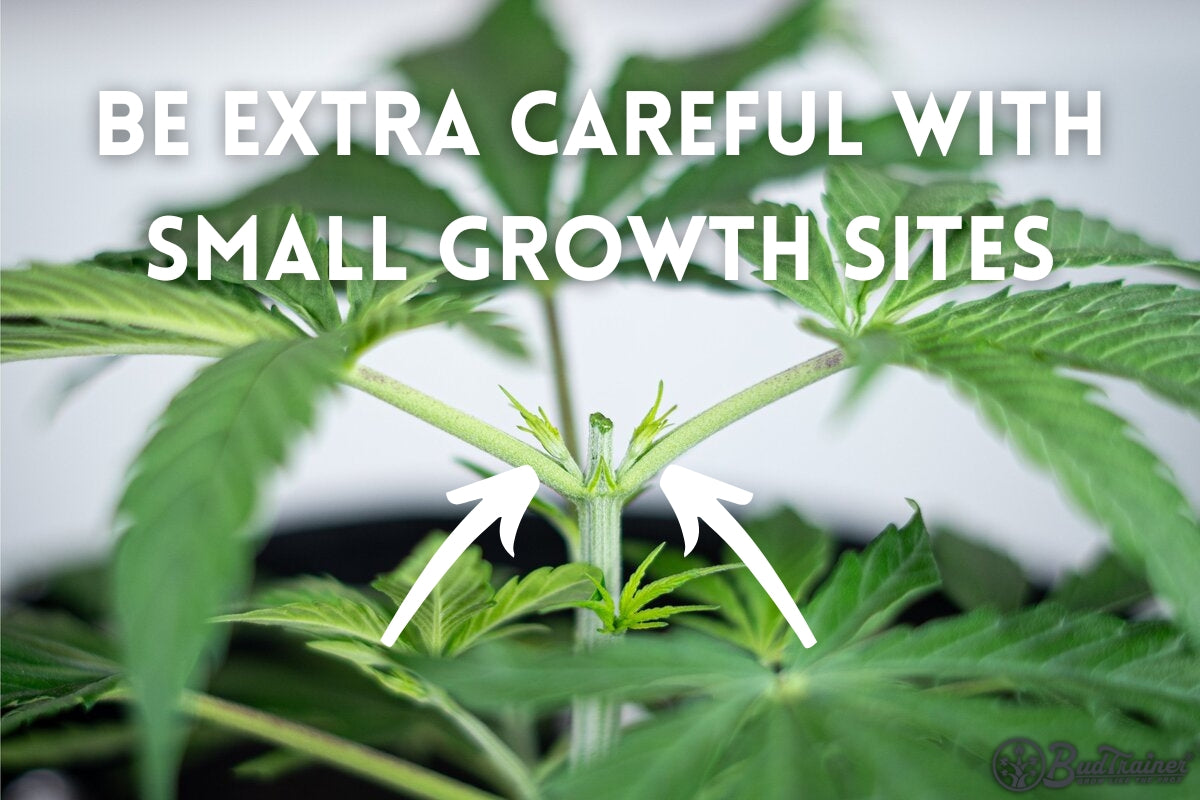

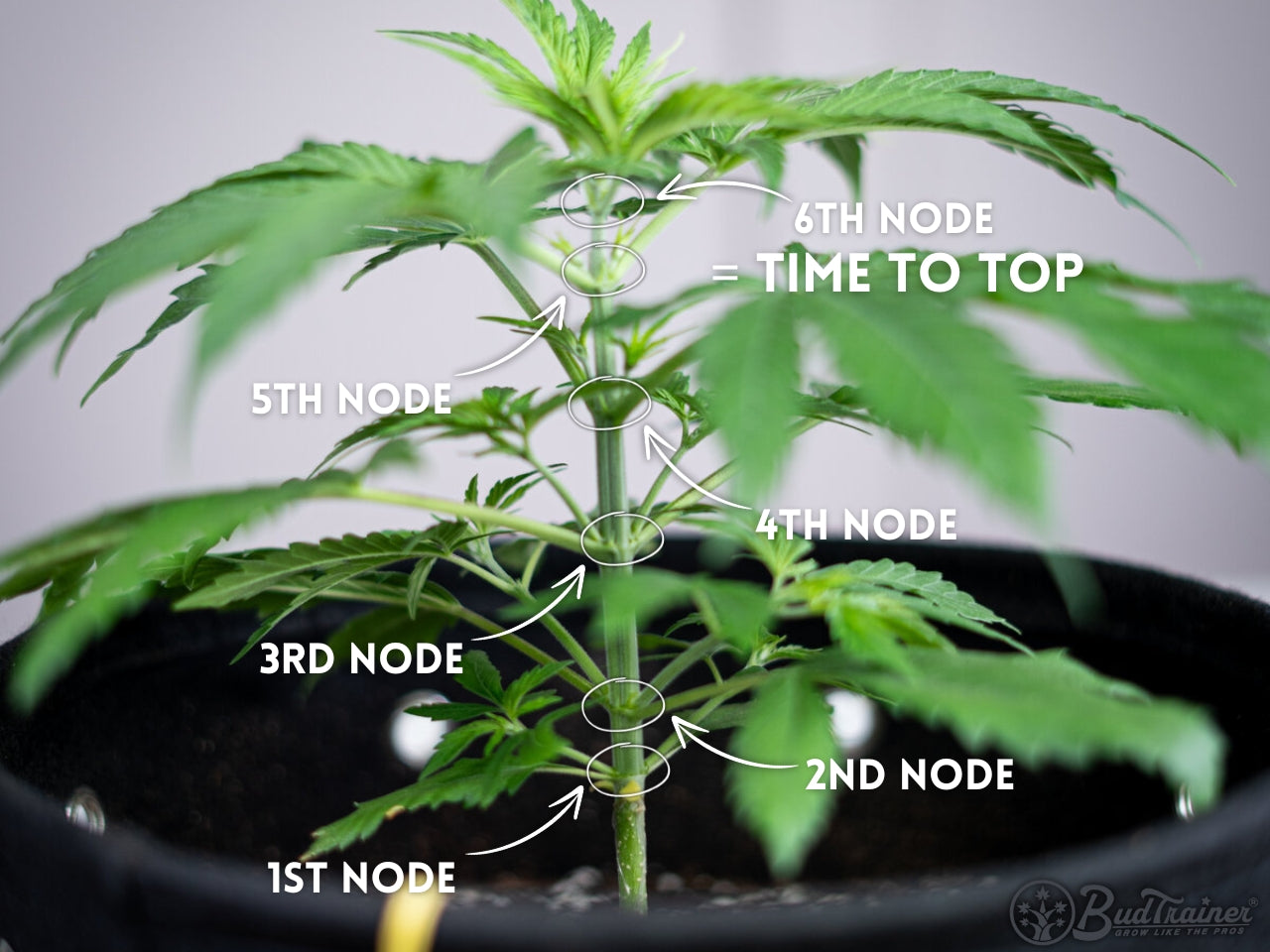

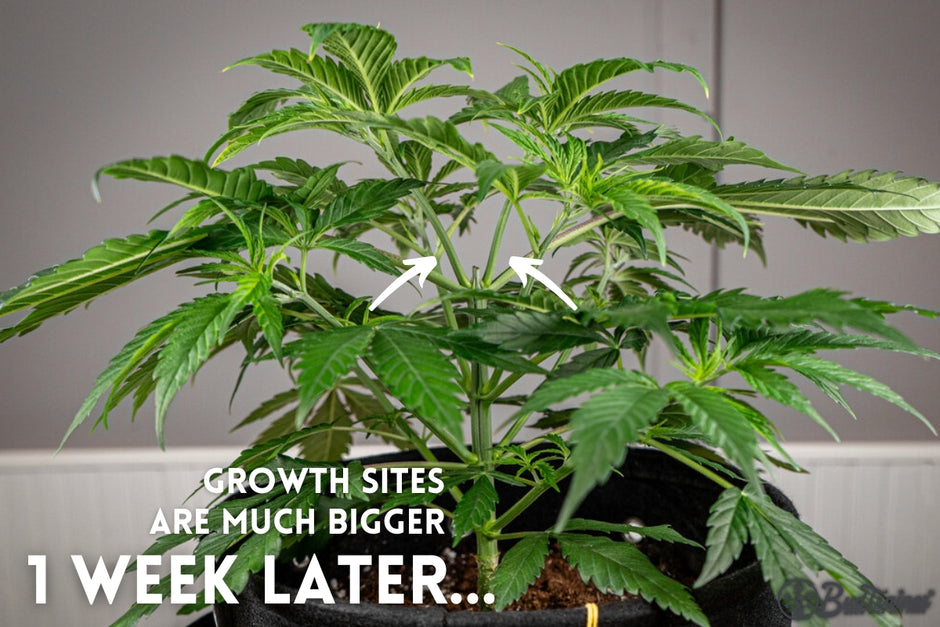

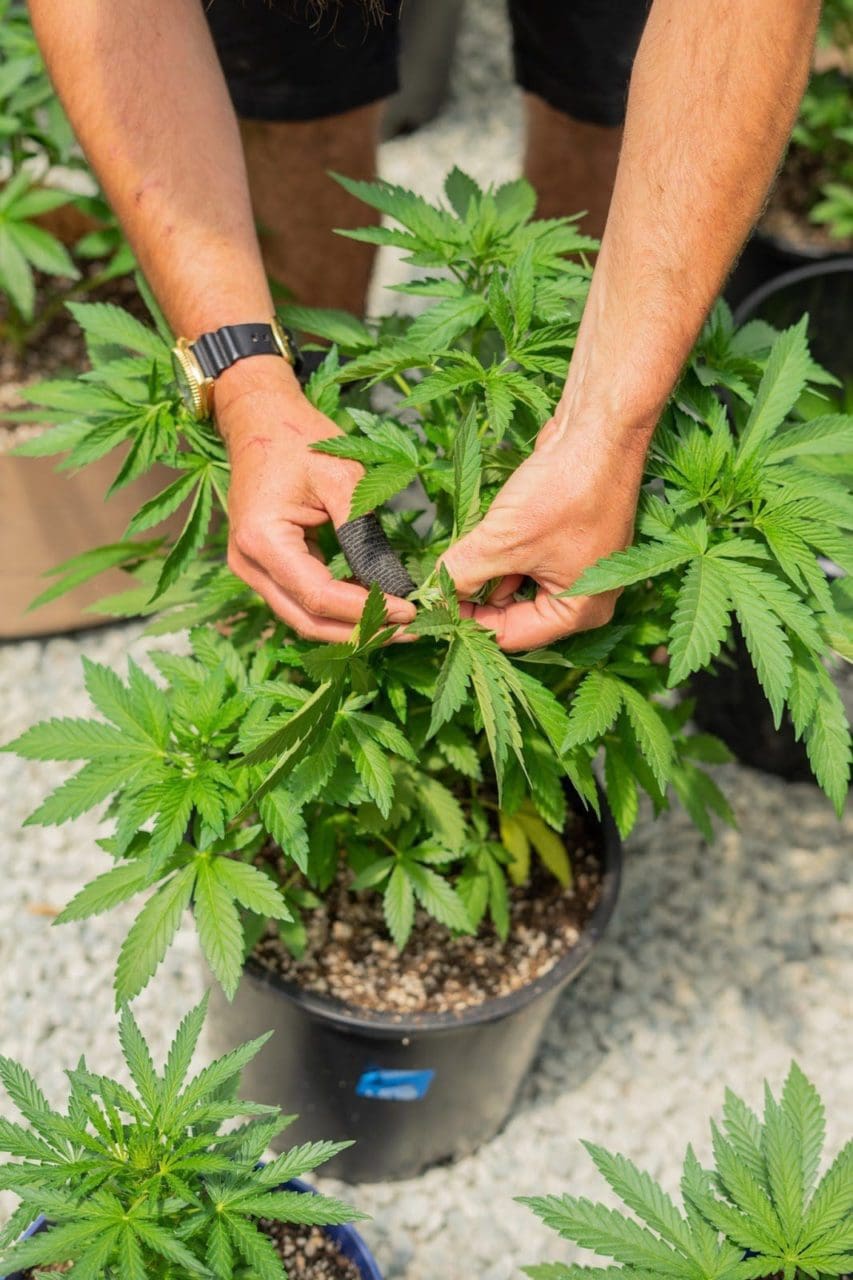

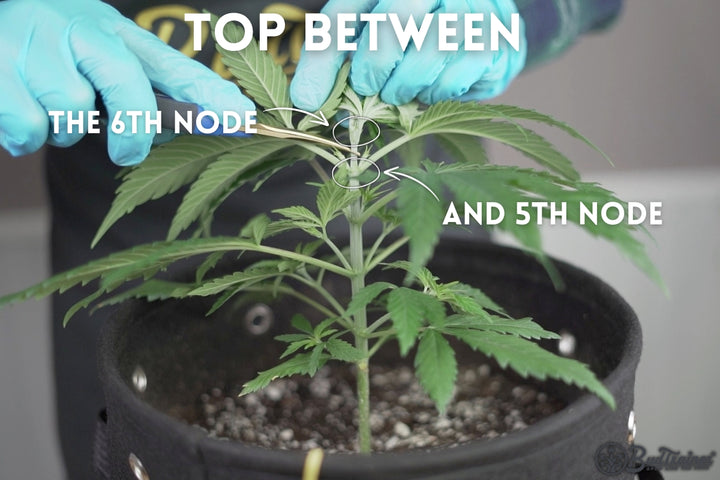
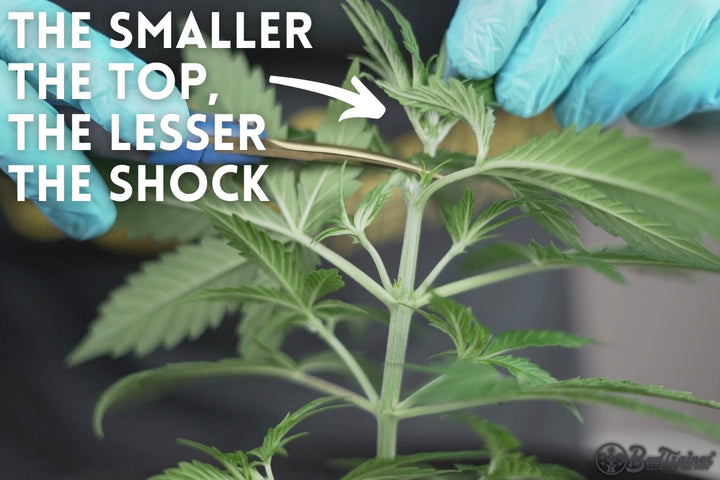

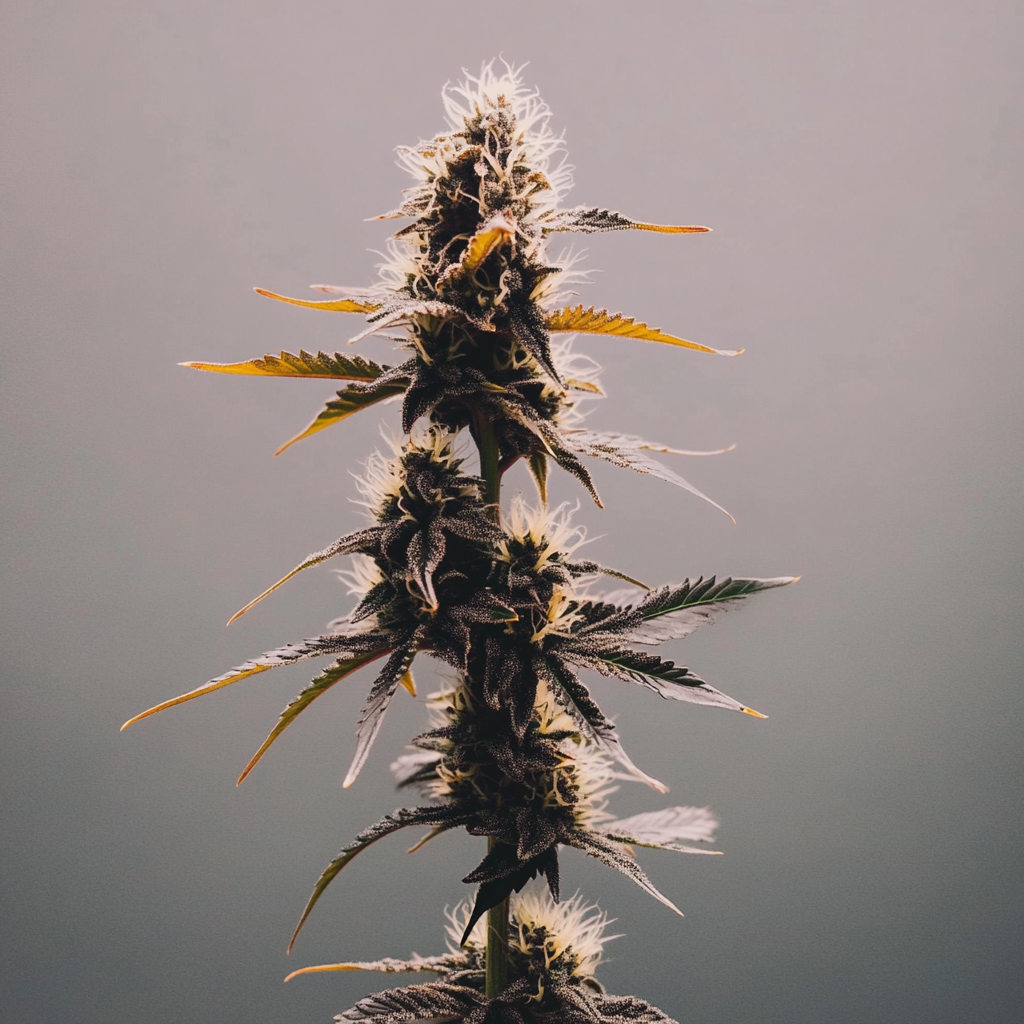
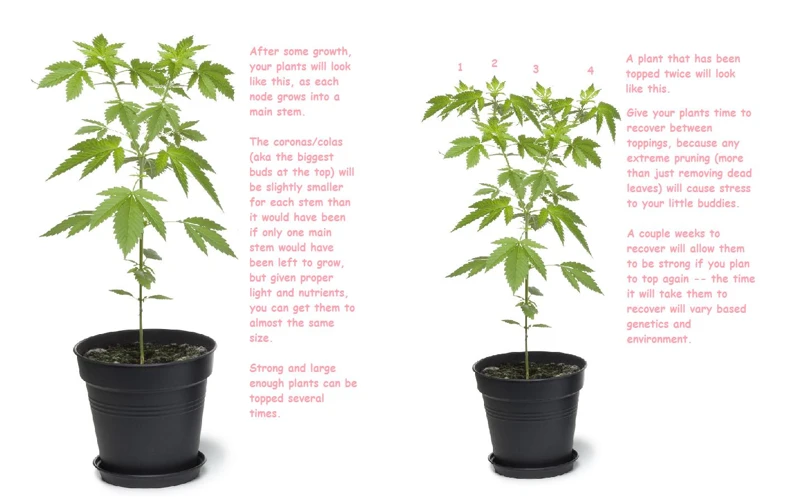
![When To Top A Marijuana Plant When to Top Cannabis Plants [Growth Tips]](https://flyhighseeds.com/wp-content/uploads/2023/02/Topping_Cannabis_Plants_900x650.jpg)

